Kevin Fong uses a model skeleton to explain to the audience that bones begin to waste away when they are not put under the normal everyday stress of walking, standing and taking part in sports.
This is a problem for astronauts. Using an enlarged model of the inside of a bone, Kevin explains that the honeycomb structure of a bone allows it to be strong yet light.
However, bone wastage when an astronaut is in the International Space Station weakens the structure as the mineral density decreases.
A child from the audience stands on the original and the weakened bone models and the weaker one collapses.
This clip is from the Royal Institution Christmas Lectures 2015.
Teacher Notes
Key Stage 3
Before watching the clip, ask students to suggest what bones are made from (collagen protein and hydroxyapatite mineral) and what they would look like using a powerful microscope.
After the clip, students can research the structure of bird bones.
Key Stage 4
After watching the clip, students could research the composite nature of bones (collagen protein and hydroxyapatite mineral).
It is possible to demonstrate the two main components by placing identical bones from a raw chicken leg into either an oven for an extended period (to remove the collagen) or into dilute acid for an extended period (to dissolve the hydroxyapatite).
Search online for instructions from the Royal Society of Chemistry."
Curriculum Notes
This clip will be relevant for teaching Physics.
This topic appears in KS3 and OCR, Edexcel, AQA, WJEC KS4/GCSE in England and Wales, CCEA GCSE in Northern Ireland and SQA National 4/5 in Scotland.
More from the Royal Institution Christmas Lectures 2015
What is Newton's Cannon and Third Law? video
Dr Kevin Fong demonstrates projectile motion, orbit and Newton’s Third Law.
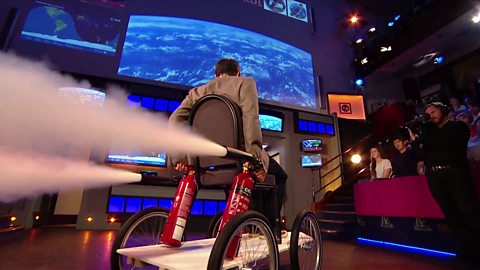
Using Earth’s rotation to launch a rocket. video
Dr Kevin Fong demonstrates how a space rocket’s launch direction affects its success in reaching orbit.
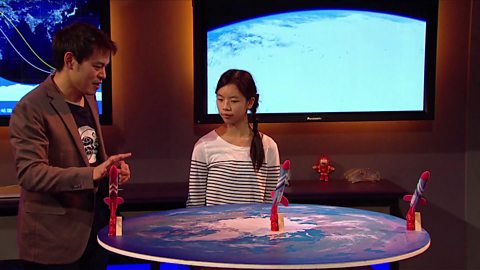
How the vacuum of space affects the human body. video
Dr Kevin Fong does a demonstration to show the lethal effects of a vacuum on the human body.
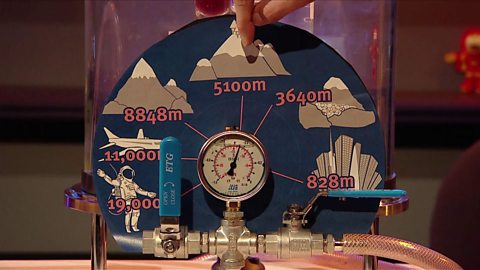
Resonant Frequency. video
Dr Kevin Fong explains how sound vibrations could pose a real threat astronauts and rockets in space.
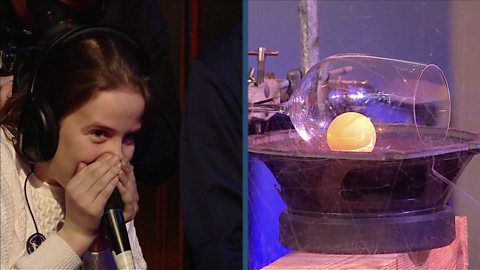
Orbital Rendezvous. video
Dr Kevin Fong demonstrates how and why it's so hard for a spacecraft to catch up with the International Space Station.
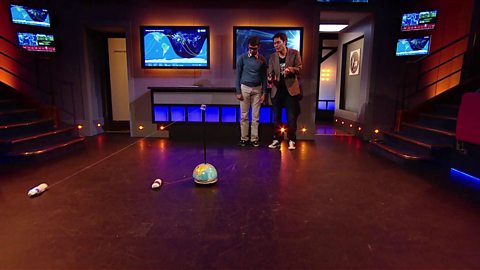
What does gas weigh? video
A demonstration that carbon dioxide can be poured because it is denser than air.
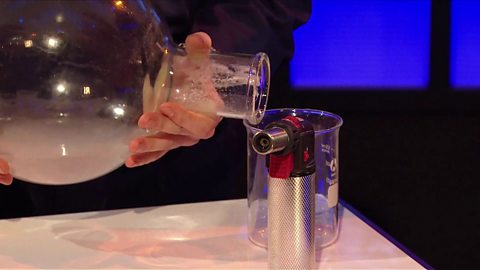
How micro-gravity disorientates us. video
A demonstration of how dizziness occurs during motion sickness or micro-gravity.
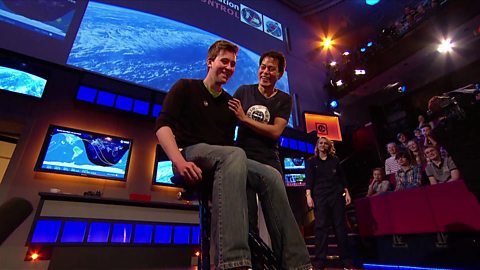
The danger of orbital debris. video
Dr Kevin Fong and NASA astronaut Dan Tani explain the danger of space debris.

Demonstrating heat shield material. video
Dr Kevin Fong explains that space capsules heat up due to pressure not friction. He demonstrates a heat shield’s low thermal conductivity.
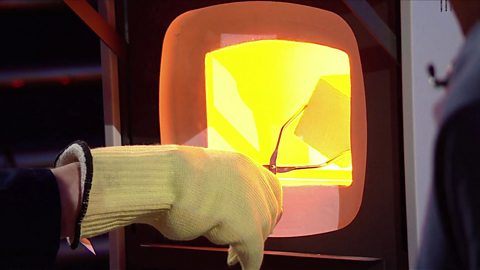
Why Earth rock is found on the Moon. video
Dr Kevin Fong demonstrates how debris from meteorites hitting Earth threw Earth rock as far as the Moon, leaving clues there about Earth’s geological history.
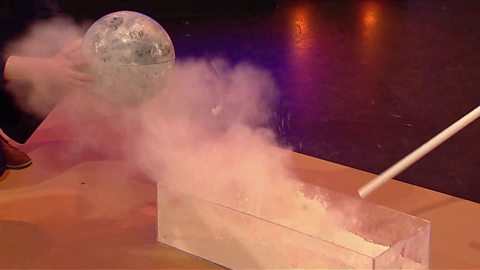
Demonstrating radiation detectors. video
Dr Kevin Fong shows how a Geiger-Muller tube can detect ionising radiation but not the type of radiation, and how detectors on the International Space Station can.
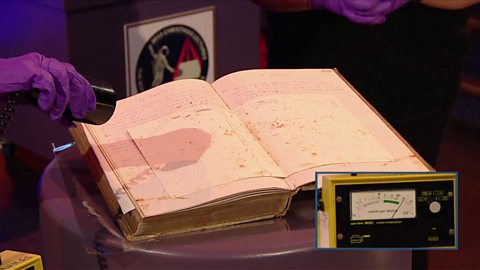
How Earth protects us from radiation. video
Dr Kevin Fong discusses the dangers to astronauts of solar radiation, and how we’re protected from it by Earth’s atmosphere and magnetic field.
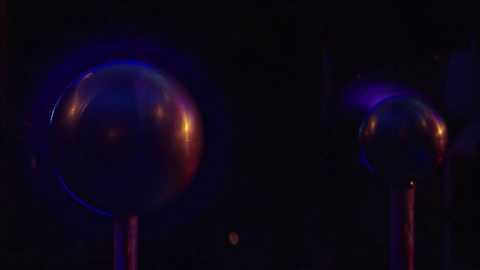
Why tardigrades can survive in orbit. video
Dr Kevin Fong explains why tardigrades are so resilient when exposed to ionising radiation lethal to most other organisms.
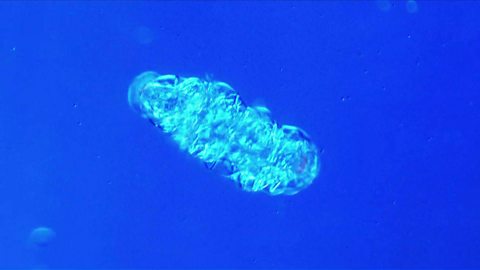
How to recycle urine in space. video
Dr Kevin Fong demonstrates a urine recycling system that works using osmosis, concluding by drinking the liquid that is produced.
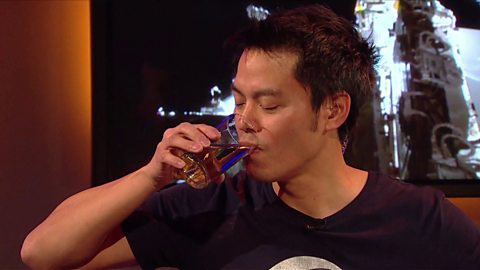
Ěý